You may be wondering why we have developed so many types of granulated oxidizers, known more commonly as pool shock. The answer is quite simple: There are various pool types and different uses for pool oxidizers, and our different formulations meet these needs accordingly.
What’s the best shock for your pool? Let’s explore the possibilities.
Pool Shock 101
The main reason to shock your pool is to break apart the chloramine molecule, which turns eyes red and gives a pool a strong chlorine smell.
How often should I shock?
Many people “shock” their pool, or superchlorinate, once per week. This may not be necessary, unless you have high bather loads, algae or chloramine levels greater than 0.3ppm. A DPD test kit will help you calculate chloramine levels in your pool. If all is well, it may be advisable to shock monthly to ensure that the water remains sanitary.
When should I shock?
It is best to shock at night for a couple of reasons: a) for most shocks, you can’t swim for about 8-10 hours after shocking, so it’s best to do the shocking treatment when you’re done swimming for the day; b) the sun can eat up the shock because it is not stabilized, so it’s best to shock when it the sun isn’t out for maximum performance.
How do I shock my pool?
First thing, you need to know your pool size in gallons. If you don’t know this, you can find aboveground pool gallon charts online. For in-ground pools, the formula is L x W x Avg. Depth x 7.5. Next, read the package label to determine how much shock to add for your pool size. Most labels will advise you to pour the shock into a bucket full of water, stir to dissolve, and then pour the “shock water” from the bucket into the pool. Always use full bags and distribute the shock evenly around the pool.
Vinyl Pools
Vinyl is a type of plastic made by joining ethylene and chlorine to create polyvinyl chloride, commonly known as PVC. It is then extruded into long rolls of a thin and flexible material used to line in-ground and aboveground swimming pools.
Even though it’s made with chlorine, keeping your water over-chlorinated for long periods of time can draw the resins from the vinyl, causing it to lose its plasticity. The bleaching of vinyl liners is also a problem when you add granular chlorine to the pool. The chlorine can sink to the bottom of the pool before dissolving, fading the color.
For a vinyl pool, we have two types of oxidizer that can be used safely and without having to pre-dissolve in a bucket before adding to the pool.
Chlorine-Free Shock: This oxidizer is 100 percent potassium peroxymonosulfate, a mixture of salts that are safe to handle and store. You can pour it right in the pool and swim immediately. It provides full sanitation in a quarter of the time of chlorine.
Instant Liquid Chlorine: A highly granulated form of calcium hypochlorite, our Instant Liquid Pool shock needs no pre-dissolving and is much safer to store and handle than sodium hypo, or liquid chlorine. It pours easily from a specially designed bottle.
Fiberglass Pools
A fiberglass pool is a molded shell of fiberglass, coated with a gelcoat, similar to a boat or pool slide. It has a durable surface that is less affected by chlorine than a vinyl pool but more than a gunite pool.
To care for your gel coat and reduce staining and fading of a fiberglass pool, pre-dissolve pool shock into a bucket filled with water. You can use the pool shocks listed above for vinyl pools, or try these two oxidizers, strong but gentle pool shocks.
Instant Liquid Chlorine: A highly granulated form of calcium hypochlorite, our Instant Liquid Pool shock needs no pre-dissolving and is much safer to store and handle than sodium hypo, or liquid chlorine. It pours easily from a specially designed bottle.
Di-Zap Dichlor: Sodium dichlor is a favorite pool shock. This oxidizer has added clarifiers and stabilizers to help reduce the oxidation demand and protect the active molecule from the sun. It coagulates smaller particle into larger clumps.
Concrete Pools
A concrete pool has a shell of gunite or shotcrete covered with a waterproof layer of plaster, sometimes mixed with quartz, pebble or bead aggregates for added strength, color and texture.
Depending on the composition, you can use fairly aggressive oxidizers in a concrete pool. Plain plaster pools without large aggregate may develop pitting and etching from pool shock, especially during the first year of the pool surface.
For a concrete pool, you can use any of the pool shock listed above, or you can use some of our less expensive to produce oxidizers, such as these below.
Pool Shock: Our lowest priced pool shock, this multipurpose form of calcium hypochlorite has 65 percent available chlorine, one of our strongest forms of pool shock. Dilute this shock in a bucket for best dispersion and apply after the sun has gone down.
Cal-Chlor Sanitizing Granules: Our most powerful pool shock, 68 percent available chlorine. Commercial pool operators love this product, and it’s packaged in buckets of 25 or 50 pounds for easy and quick application for algae or fecal incidents.
When to Shock the Pool
Some pool stores may tell you to shock the pool weekly, but that’s probably too much. When you open the pool for spring, you may need to shock heavily or more than once. During the early and late swim season, I probably shock the pool on a monthly basis. When the weather gets hot and the pool is used more, I shock the pool every 2-3 weeks.
Remember ABC as the reasons to shock the pool. A=Algae, B=Bacteria and C=Chloramines (and cloudy water).
If you see algae growing during the season, that’s a good time to shock the pool. Depending on how bad the algae is, you may need a double or triple dose of shock. Another option is our Algae Attack Packs, specifically designed for yellow, green, or black algae.
Bacteria is usually invisible, but you may suspect it if you have had a large crowd or heavy use of the pool, or if the pool has become very dirty with debris or become contaminated with gross gunk (or poop).
Chloramines (aka combined chlorine) is also invisible, but you may notice it as a strong chlorine odor or red, stinging swimmer’s eyes. You can also test for combined chlorine with a good quality DPD test kit or test strips that test for both free and total chlorine levels.
What Type of Shock Is Best?
You could go by your pool type as summarized above or you could choose an oxidizer based on your water chemistry.
- If your calcium hardness level is high, avoid calcium hypochlorite shock, which will contribute to even higher levels. Choose Di-Chlor or Non-Chlor shock instead.
- If your cyanuric acid level is hHigh, avoid Di-Chlor shock, which is stabilized and will contribute to even higher levels of CYA. Choose Cal Hypo or Non-Chlor shock instead.



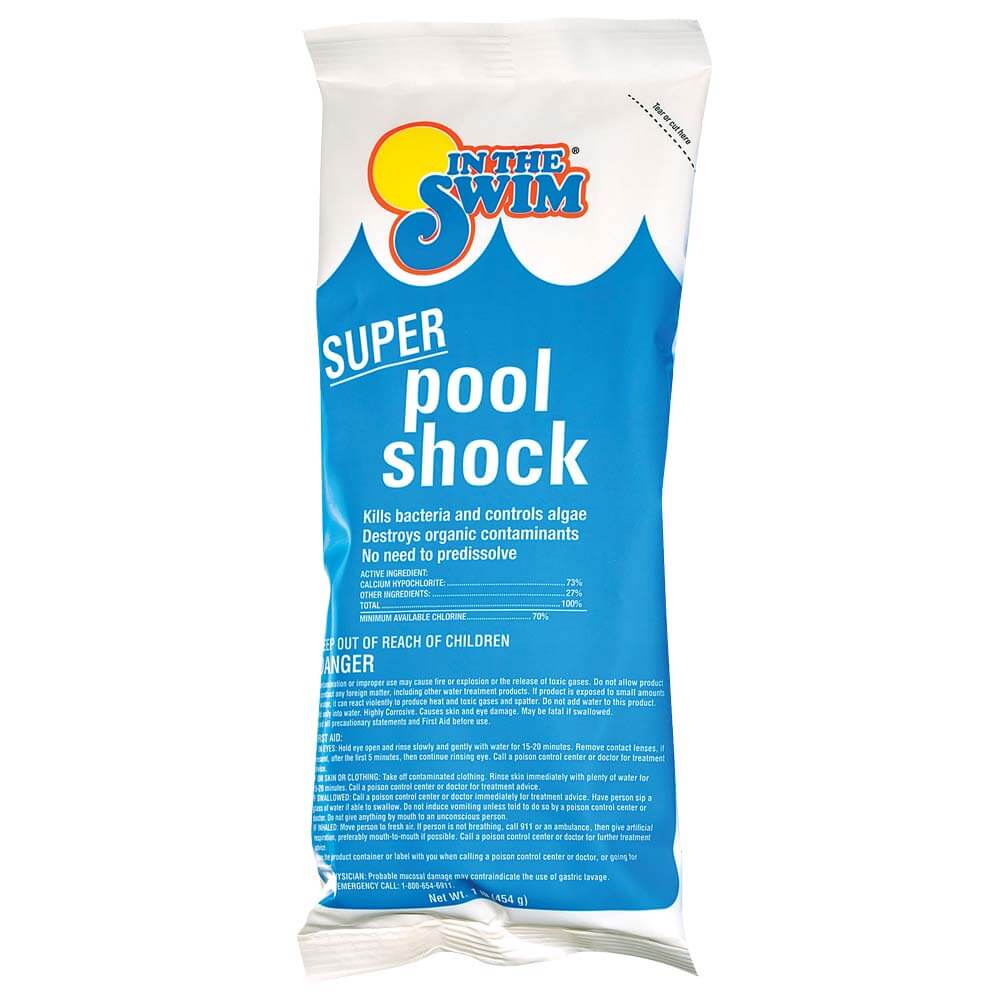
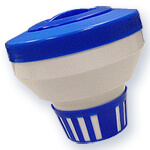
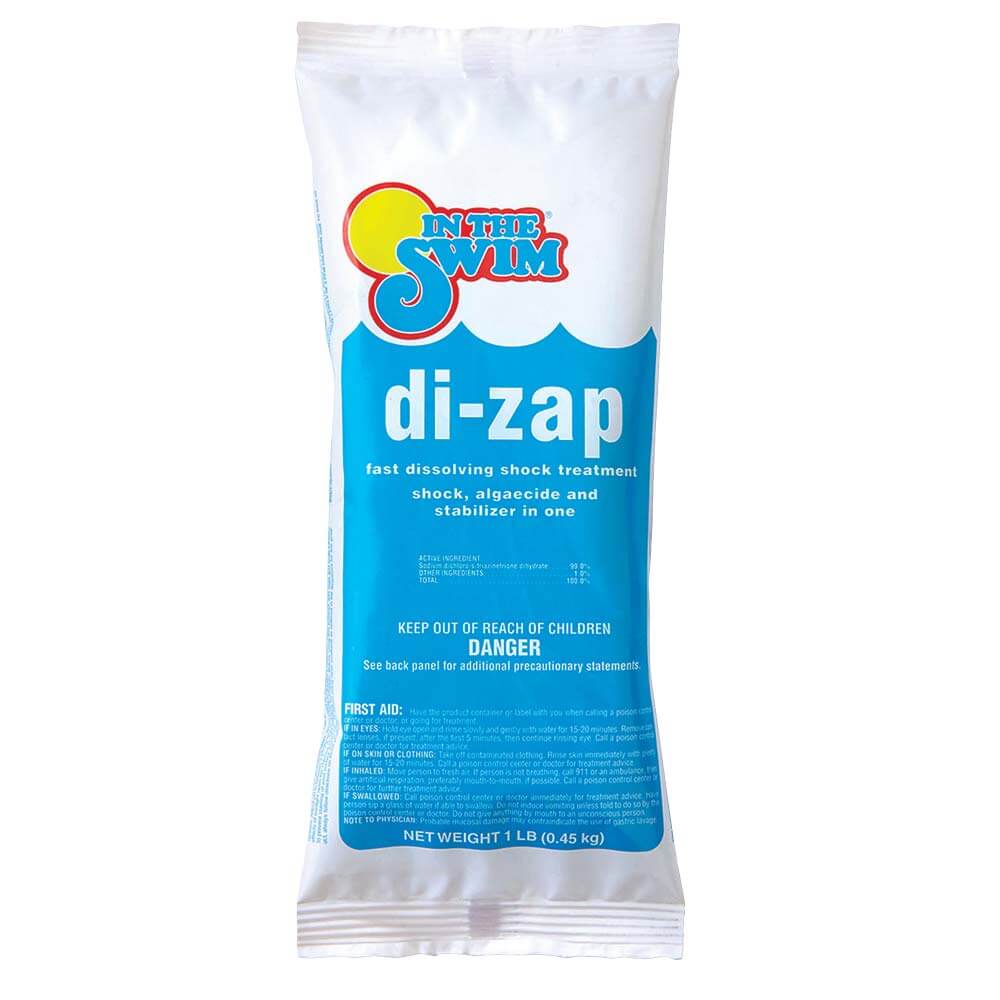

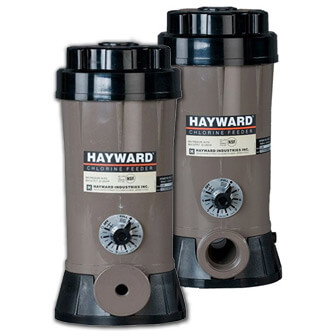


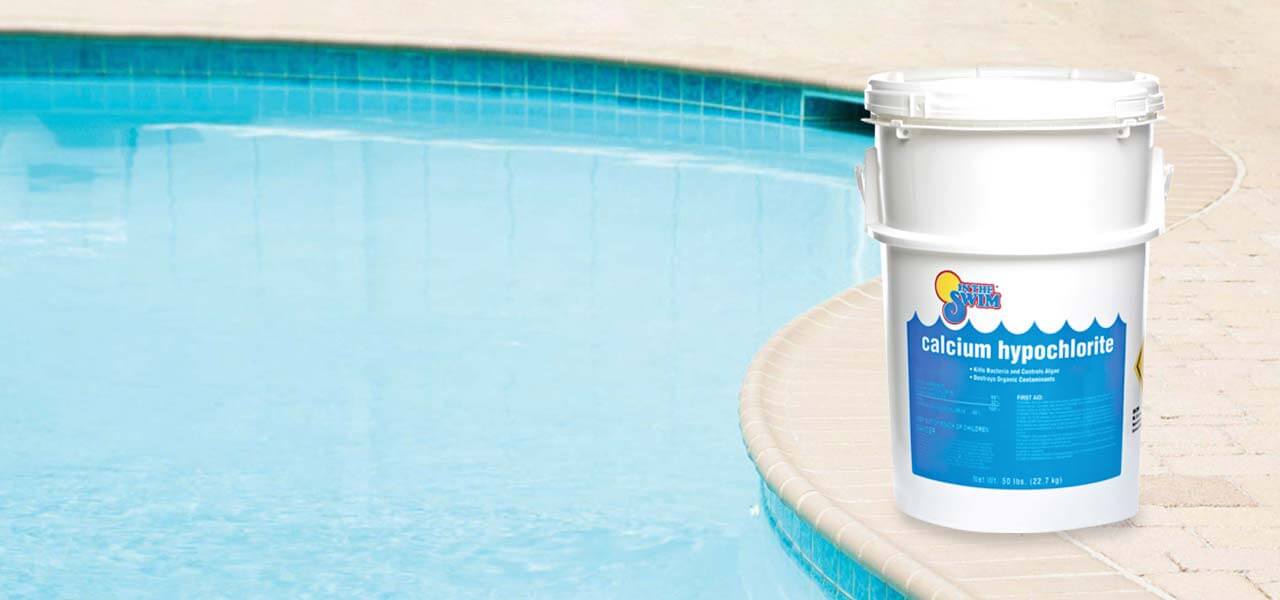

Hi my question is ,
Can I use a shock that us made for salt water swimming pools?
Hi Jan, I don’t know of a shock that is made specifically for saltwater pools, any shock can be used – cal hypo, di-chlor or non-chlorine shock, all play nicely with salt water.
I have a vinyl liner pool. It’s always been crystal clear until now. Noticed it getting cloudy and more green in color, so now trying to halt algae and have never had this issue before. I am brushing daily, I added triple shock last night, I’m running pump/filter 24/7, I added an algaecide today, etc.. I’m going to pump to waste later today. Should I run my pool robot vac or not? Anything else I should be doing that I am missing? How long does it take to get the water back to clean and clear? What type of shock should I use? Suggestions on best algaecide to use, if any? Not sure what to buy and how to proceed!
Hi Lee Ann, Take a breath! lol, it does take some time, unless you have a large and effective filter. In any case, the next step is to run your filter overtime, 24/7 if possible, and to help out the filter, using the recommended label dose of a Pool Clarifier can help. Many pools have marginal filters that don’t allow much room for error, and when the water gets warm (like now), the pool needs more filtration and higher chlorine levels, and more shocking, than in cooler months. For vinyl pools, I like to use Chlorine-Free shock for general oxidation and maintenance, every few weeks. Use Chlorine Shock (Cal Hypo) when needed to fight algae, or when opening the pool in spring. Best algaecide is one with 60 in the name, like our Algaecide 60 Plus, they are 60% polymers, very strong and sturdy. Vinyl pools can also use Copper based Algaecides, like our Super Algaecide, without staining concerns of plaster pools.
One more tip – shock to kill, clarifier to clear, algaecide to control, in that order. High shock chlorine levels will disrupt / destroy pool algaecides, always wait until chlorine level is below 5 ppm, before adding pool algaecides.
Hi!
My daughter has bad skin reaction for chlorine. I saw some recommendations to use liquid Baquacill or Phosfree here:
I want to try one of these products next season. Would it be good for my kid? Do you have any experience of using Phosfree or Baquacill? Or maybe, is it better to choose InTheSwim Non-Chlorine Shock?
Hi Brian, Baquacil or other Biguanide products like Soft Swim, Revacil or Aqua Silk, are the only standalone sanitizer option to chlorine. I have some experience with pools that were treated with it – personally I don’t like it because of the side effects – gummy goo that clogs filters, or pink slime problems or endless cloudy water issues. However, thousands of people use the product and are very happy with the results, with few ‘side effects’. Phosfree is not a sanitizer, only a phosphate remover. Another option to Biguanides is to use Ozone, UV systems or Mineral Systems. Using Minerals + UV, or Minerals + Ozone, coupled with a weekly non-chlorine shock, and algaecide treatment – and you can be chlorine free – although I would still shock monthly with chlorine, just to be sure all the bacteria is dead.
is super pool shock safe for vinyl liners
Hi Zach, yes – safe IF you pre-dissolve it first, by pouring it into a 5 gal bucket, filled with water, and stirring to dissolve. Pour in most of it, but some grains will remain on the bottom. Refill the bucket, and stir for another minutes, to dissolve, then add the remaining, or let it sit in the bucket and add the rest an hour later.